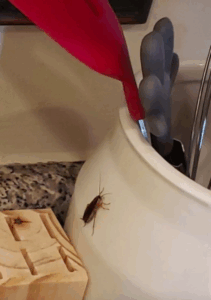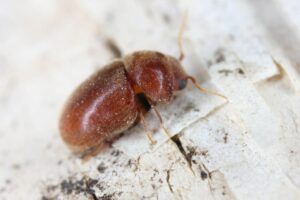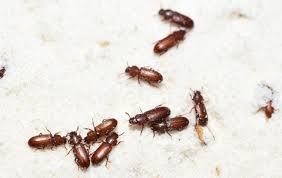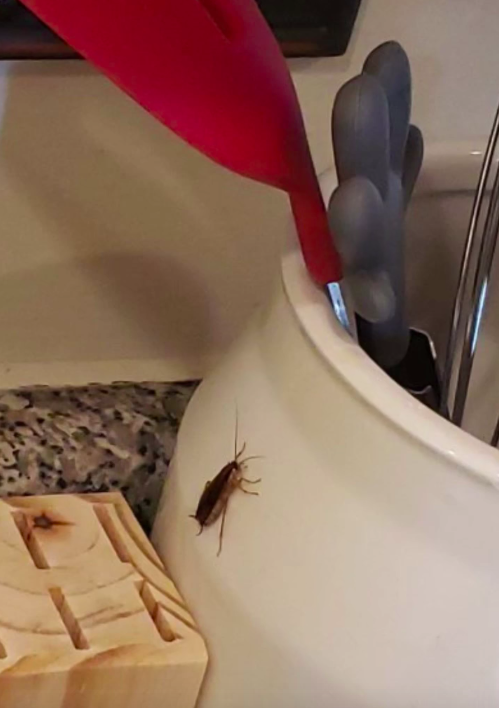It can be extremely unsettling to open your kitchen cupboards and discover tiny crawling insects inside your food supplies. Many people first notice them in everyday staples such as rice, flour, pasta, or breakfast cereal. These intruders are commonly known as pantry pests, and some of the most frequent species include rice weevils, flour beetles, and grain moths. While small in size, their presence can quickly lead to wasted food, frustration, and the need for a thorough kitchen clean-up.
What Exactly Are Pantry Pests?
Pantry pests are a group of insects that survive by feeding on dry, stored foods. Items like flour, cereal, pasta, grains, nuts, and even dried spices can become their target. Because these products are long-lasting, often stored for weeks or months, they provide the perfect environment for pests to thrive.

The insects may enter your kitchen in two main ways:
- Through packaged food – Sometimes eggs or larvae are already inside products when purchased, especially if they were stored improperly before reaching your home.
- Through small openings – Tiny cracks in cupboards, pantries, or packaging can allow them to sneak in and multiply.
Are Pantry Pests Dangerous?
Unlike cockroaches or biting insects, pantry pests are not considered physically harmful to people—they do not bite, sting, or spread disease directly. However, the bigger concern is contamination. Infested foods often contain insect eggs, larvae, shed skins, or webbing, all of which make the food unsuitable and unsafe to eat. Once a package is contaminated, the only safe choice is to throw it away.
Common Signs of an Infestation
Pantry pest problems can sometimes go unnoticed until they have spread widely. Here are some clear warning signs:
- Small beetle-like bugs or tiny moths flying or crawling around shelves and cupboards.
- Larvae or worm-like creatures inside food packages, especially in flour or cereal.
- Webbing, clumped grains, or small holes in packaging materials such as cardboard or plastic.

If you see any of these, it’s best to act quickly before the infestation spreads to other food items.
What To Do If You Find Pantry Pests
If you suspect or confirm pantry pests in your kitchen, don’t panic—there are straightforward steps to handle the situation:
- Inspect everything carefully – Go through all boxes, bags, and jars in your pantry. Remove anything that shows visible signs of infestation.
- Discard infested items immediately – Do not try to salvage contaminated food. Seal it tightly in a bag and take it outside to prevent re-infestation.
- Clean thoroughly – Wipe down shelves with soap and warm water. Pay attention to cracks and corners where eggs might hide. Vacuuming crumbs can also help.
- Store food safely – Transfer uninfested items into airtight containers made of sturdy glass or heavy plastic to prevent future invasions.
- Freeze new dry goods – For extra protection, freeze items like flour, rice, or pasta for 2–3 days before storing them. This will kill any hidden eggs or larvae.

How to Prevent Pantry Pests in the Future
Prevention is key to keeping your kitchen clean and your food safe. Consider these habits:
- Buy in moderation – Purchase only the amount of dry goods you know you’ll use within a few months.
- Keep the pantry clean – Regularly wipe down shelves to remove crumbs or food residue. A clean, dry pantry is less inviting to pests.
- Use airtight containers – Invest in jars or bins that seal tightly. Not only do they block pests, but they also keep food fresher longer.
- Check before storing – Look for damaged packaging at the store and avoid buying bags or boxes with small tears or holes.
Final Thoughts
While the sight of pantry pests can be frustrating and even a little disturbing, it’s important to remember that they are a common household issue and not a sign of poor hygiene. With quick action, thorough cleaning, and proper food storage techniques, you can eliminate the pests and greatly reduce the chances of them coming back.
A few proactive steps—like freezing dry goods before storage, keeping shelves spotless, and relying on airtight containers—can make all the difference. By staying vigilant, you’ll protect your family’s food, save money, and enjoy a pest-free kitchen.


